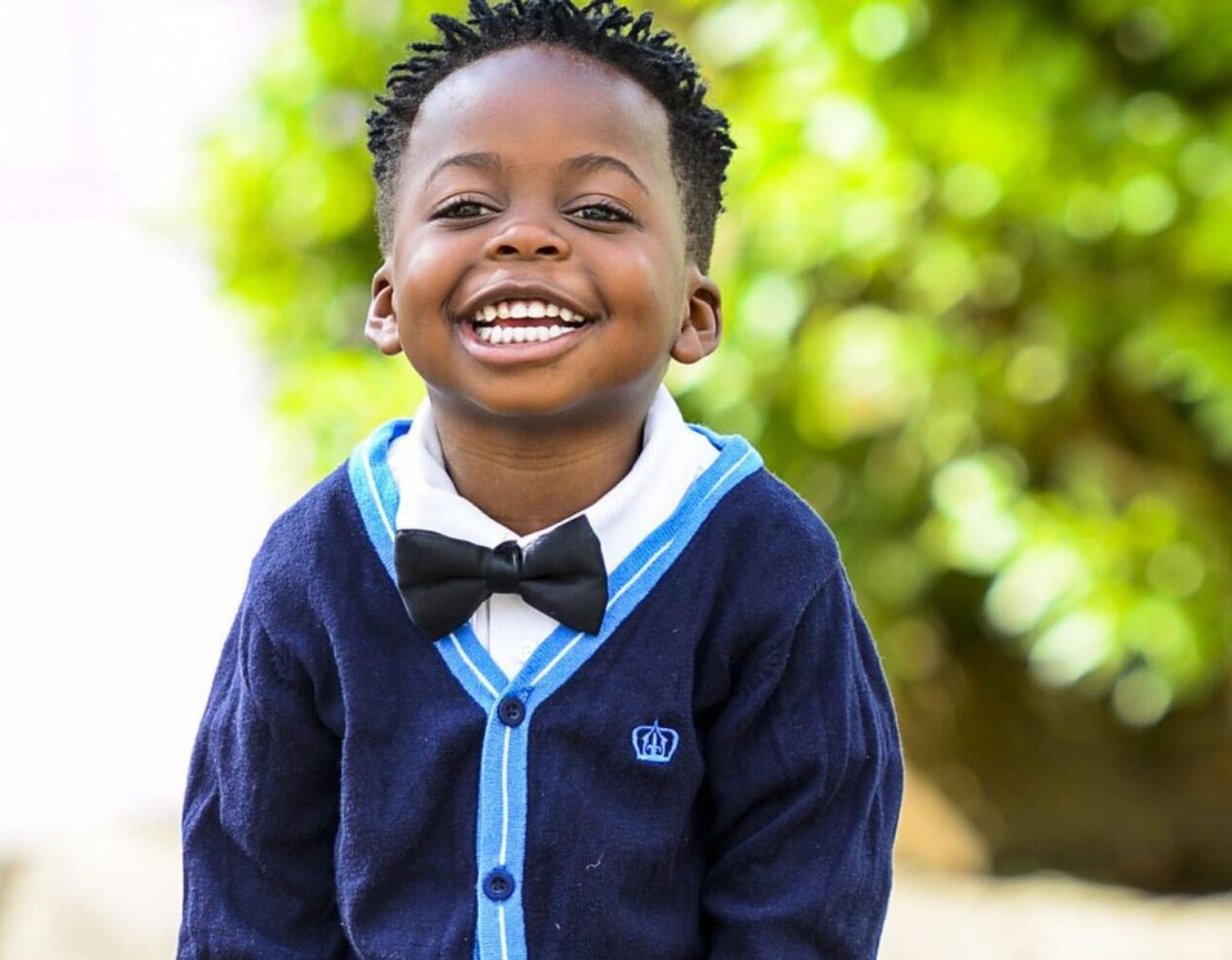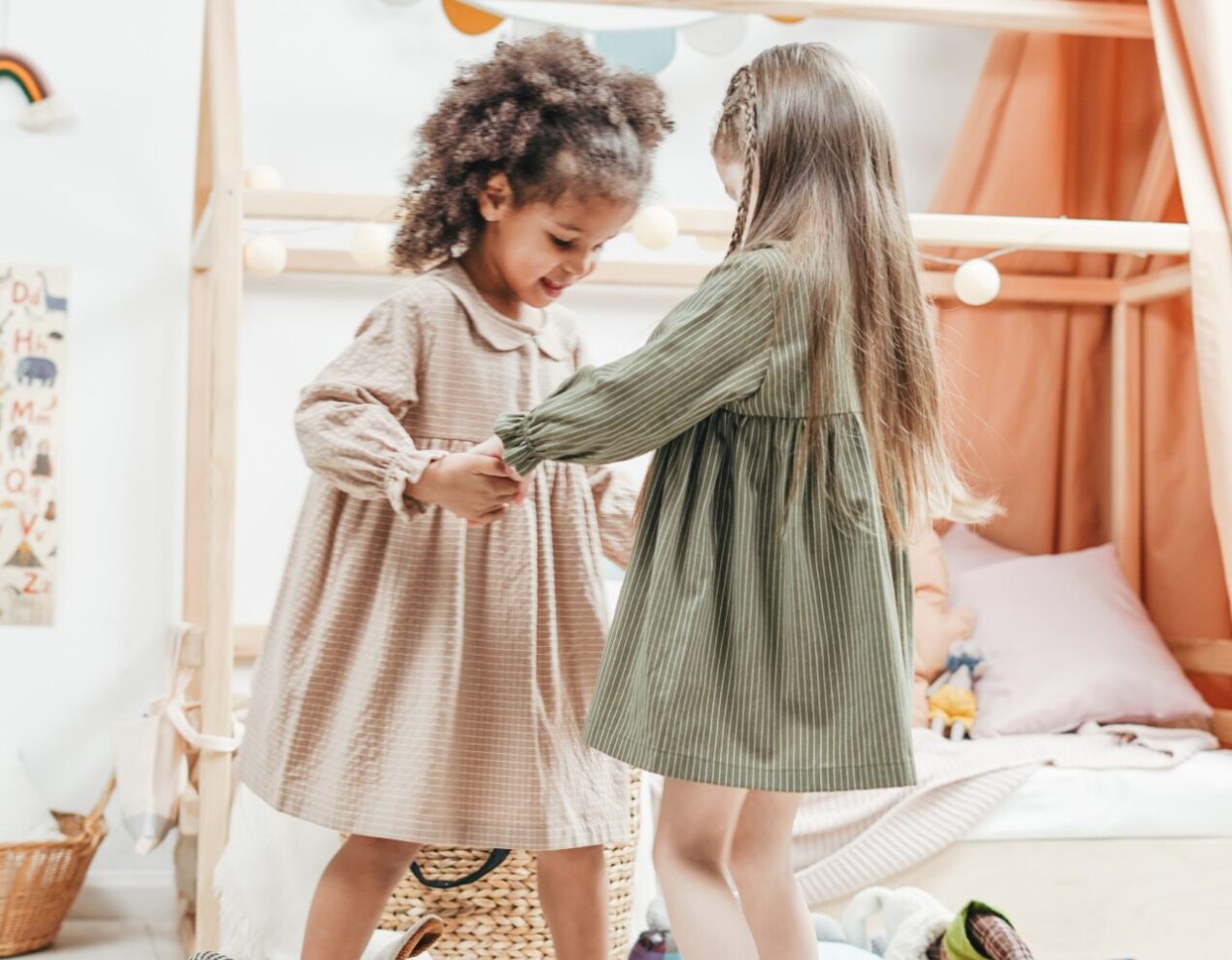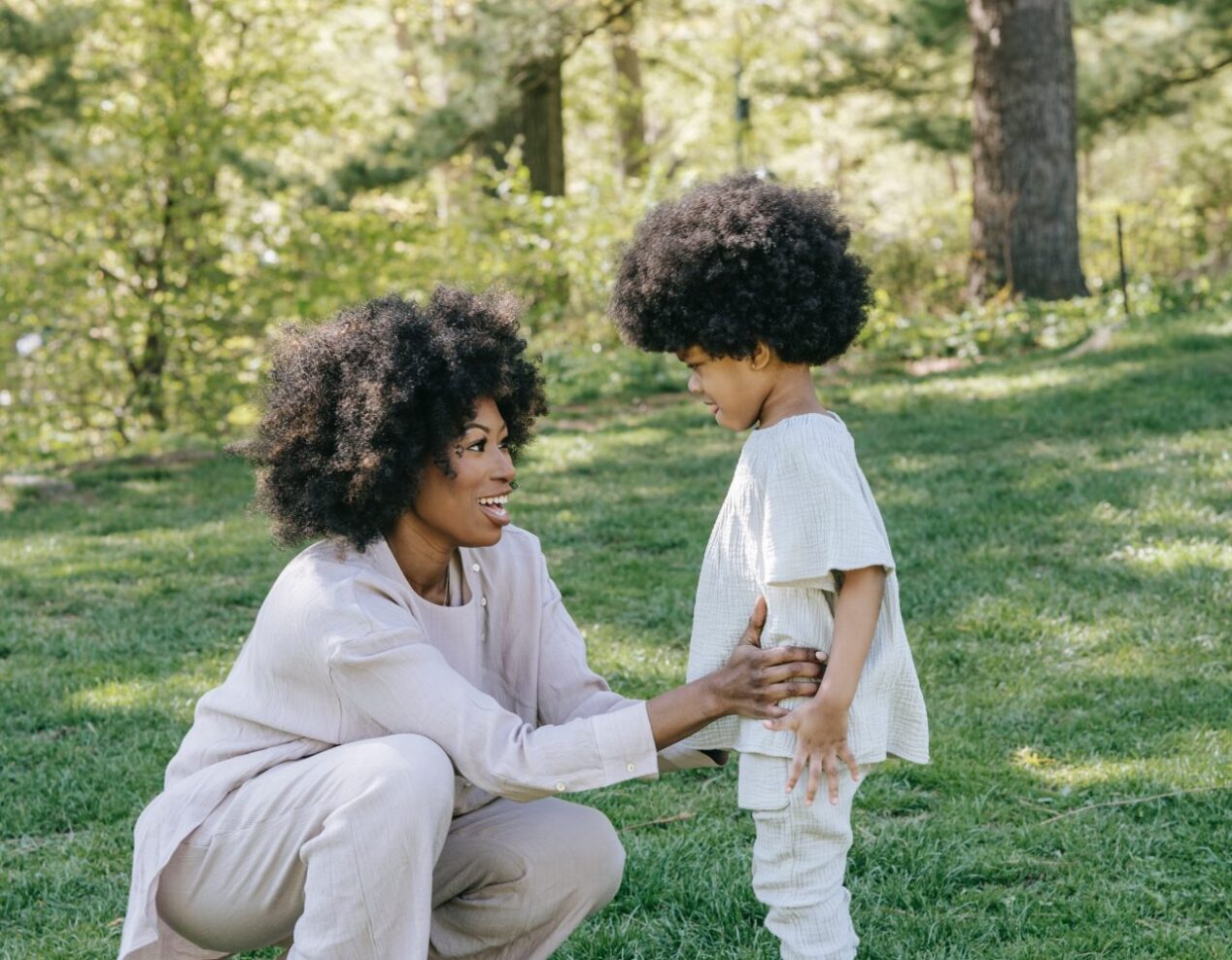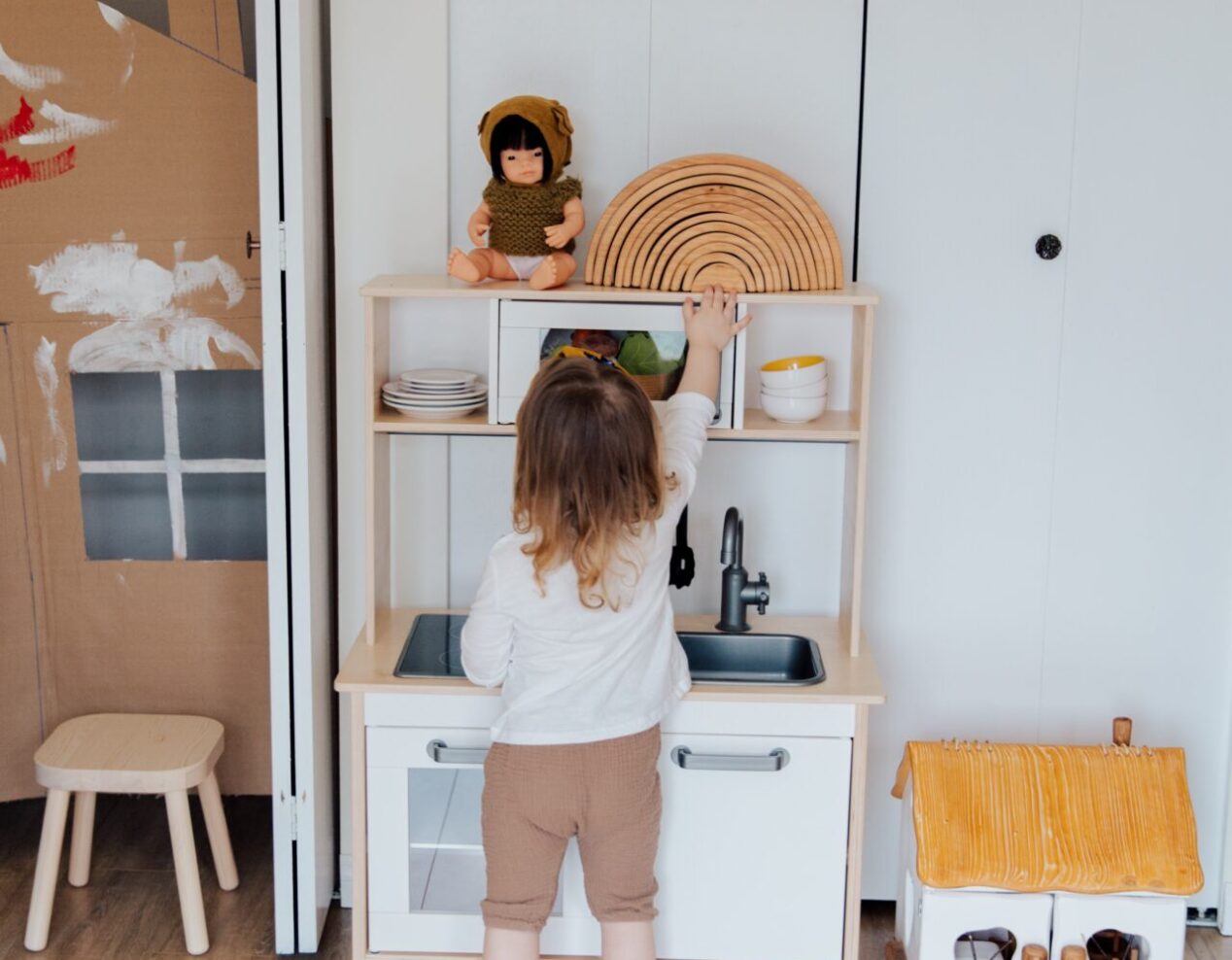Is it time for your little one to start dressing themselves?

A reversed sweater and snow boots, a colorful tutu matched with ruffled socks: the combinations your toddler comes up with might not make the fashion headlines, but they’ve reached the stage where they’re ready to start dressing themselves.
Typically, between 28 and 32 months, toddlers develop enough strength and coordination to start managing their clothes, pulling shirts over their heads and getting their pants up around their waists. Full independent dressing could still be a few years off, but early routines can be set in place now.
To support your child in dressing themselves, consider easy-to-wear clothes and stay responsive to their interest level. Choose clothes with elastic waistbands and wide leg openings, short-sleeve tops, and oversized items like dresses and sweaters that can be easily pulled over the head. If your toddler shows reluctance to dressing themselves, it’s completely fine to continue assisting them and re-introduce the concept later.
Here’s how you can guide your little one towards dressing independently:
Taking off clothes is simpler than putting them on: Your toddler is likely to master removing clothes before managing to put them on. This milestone can be reached as early as 26 months and helps to build their confidence. Be there to assist with challenging bits like buttons, but allow them to do as much as they’re capable of. If they can manage pulling down their pants, simply assist with the last step of removing the pant legs.
Easy access to clothes is helpful: By the time they’re around 30 months, toddlers often begin to show interest in choosing their clothes and organizing their belongings. A low, wide chest of drawers is ideal for this, or they could use the bottom drawers of a larger one.
A straightforward arrangement that mimics how clothes are worn can be beneficial: tops in the top drawer, dresses in the middle, and bottoms in the bottom drawer. Socks and underwear can be placed in a separate container nearby. If a dresser isn’t available, baskets on the closet floor or rolling drawers fitting under the crib or bed can also work well.
First steps first: As toddlers learn to dress themselves, the final step usually becomes the first thing they can handle independently. For instance, a two-year-old might only manage to pull up pants once their feet are completely through the leg holes. Likewise, putting arms through the sleeves of a shirt could be easier than managing to pull it over their head.
Keep choices to a minimum: While a drawer brimming with clean clothes is attractive to adults, it might overwhelm a young child who’s just learning independence. Keep only a few clothes visible in a single layer. When dressing time comes, support your child in selecting their outfit by picking one item from each drawer. Unless it’s a question of appropriate weather dressing, resist commenting on color combinations; if they’re comfortable and weather-ready, they’ve done a great job!
Time is key: Dressing is a complex task, and learning always requires time. Whenever possible, allow your toddler extra time to handle challenging parts. If you’re in a rush, it might be best to dress your toddler yourself, but when time permits, allowing them to manage even one piece of clothing independently can make the process more rewarding for everyone.



